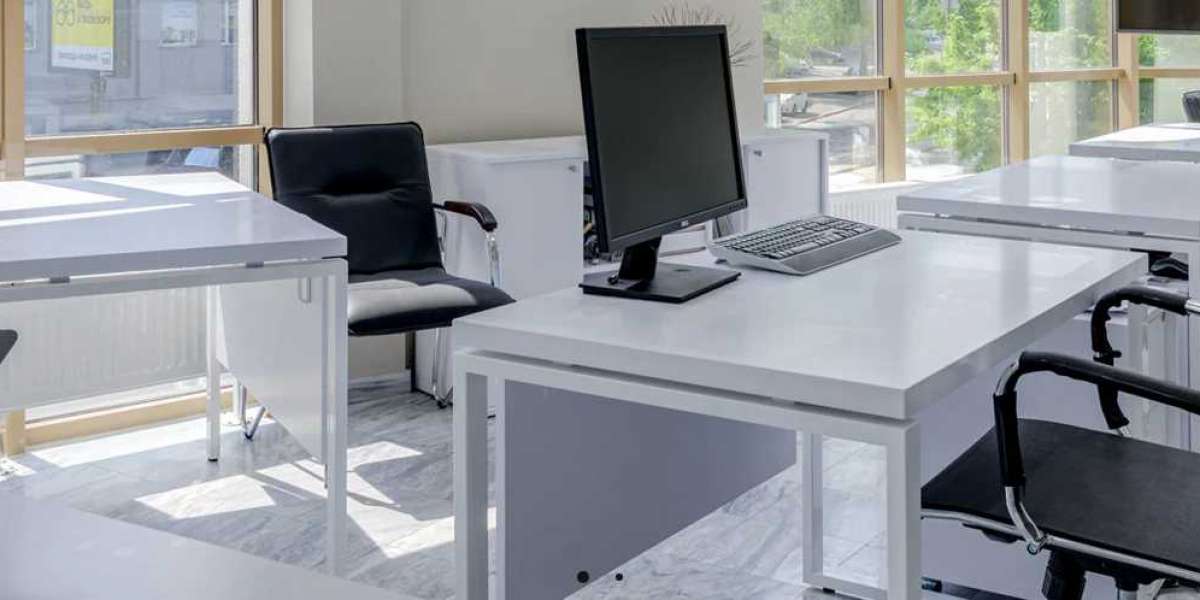Maintaining and caring for your office chairs ensures they remain comfortable, functional, and visually appealing over time. Regular upkeep can extend the lifespan of the chairs and keep them in good condition. Here’s a guide on how to maintain and care for your office chairs:
1. Regular Cleaning
Upholstery:
- Fabric Chairs: Vacuum regularly to remove dust and crumbs. For stains, use a fabric cleaner suitable for office chairs. Test the cleaner on a small, inconspicuous area first.
- Leather Chairs: Dust leather surfaces with a soft cloth. Use a leather cleaner and conditioner to maintain the leather’s suppleness and prevent cracking. Avoid over-wetting the leather.
Mesh Chairs: Vacuum or use a soft brush to remove debris from the mesh. For deeper cleaning, use a mild soap solution and a soft cloth. Avoid soaking the mesh.
Vinyl Chairs: Wipe with a damp cloth and mild soap solution. For stubborn stains, use a vinyl cleaner. Avoid abrasive cleaners or scrubbing tools.
2. Inspect and Tighten Components
- Check Screws and Bolts: Periodically inspect and tighten any loose screws, bolts, or fasteners to ensure the chair remains stable and secure.
- Adjustments: Test all adjustable features, such as seat height, tilt, and armrests, to ensure they operate smoothly. Adjust as needed to maintain ergonomic support.
3. Lubricate Moving Parts
- Casters and Wheels: Clean and lubricate the casters or wheels to ensure smooth movement. Use a silicone-based lubricant or a lubricant specifically designed for office chairs.
- Gas Lift: If the chair’s height adjustment becomes stiff or unresponsive, apply a small amount of lubricant to the gas lift mechanism. Avoid over-lubricating, as this can attract dust and dirt.
4. Protect from Excessive Sunlight and Heat
- Avoid Direct Sunlight: Position chairs away from direct sunlight to prevent fading or damage to upholstery and materials.
- Heat Sources: Keep chairs away from heaters or other heat sources that could warp or damage the materials.
5. Prevent Damage
- Use Chair Mats: Place a chair mat under the chair to protect flooring and reduce wear on the chair’s casters. Mats also help maintain smoother movement.
- Avoid Excessive Weight: Do not exceed the chair’s weight capacity and avoid placing heavy items on the chair to prevent damage.
6. Address Wear and Tear
- Repairs: Address any signs of wear and tear promptly. For issues like torn upholstery or malfunctioning mechanisms, consider professional repairs or replacement parts.
- Replacement Parts: If a part becomes damaged or worn out, contact the manufacturer for replacement parts or consult a professional repair service.
7. Adjust for Comfort and Ergonomics
- Proper Adjustment: Regularly adjust the chair to ensure it continues to provide ergonomic support. Check seat height, backrest angle, and lumbar support to match the user’s needs.
- User Guidelines: Educate users on proper use and adjustment of the chair to maintain comfort and prevent misuse.
8. Maintain the Chair’s Appearance
- Spot Clean: Address spills and stains promptly to prevent them from setting in.
- Dust Regularly: Use a soft cloth to dust off the chair’s surfaces regularly, keeping it looking clean and well-maintained.
9. Check Manufacturer’s Instructions
- Follow Guidelines: Refer to the manufacturer’s care instructions and guidelines specific to your chair model for the best maintenance practices.
- Warranty and Support: If you encounter issues, consult the warranty information and contact customer support for assistance.
Conclusion
Regular maintenance and care of office chairs ensure they remain in good working condition, providing comfort and support for years to come. By following these guidelines, you can preserve the chair’s functionality, appearance, and longevity, contributing to a healthier and more enjoyable work environment.








